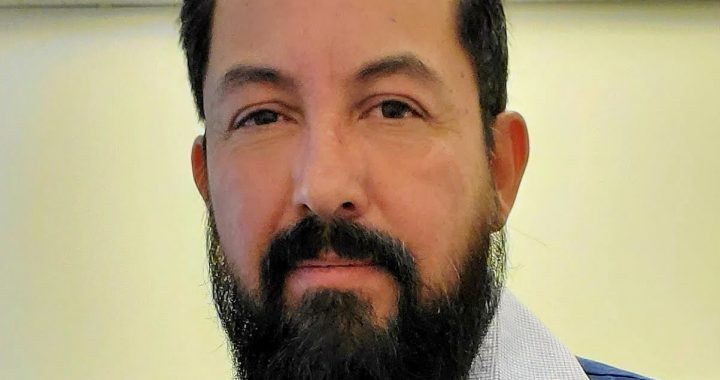Bovine respiratory disease or BRD is usually caused by a variety of pathogens, both viral (bovine respiratory syncytial virus (BRSV), paraInfluenza 3 (PI3), adenovirus, bovine viral diarrhea virus (BVDV), and infectious bovine rhinotracheitis (IBR)) and bacterial (Pasteurella multocida, Mannheimia haemolytica, Histophilus somni, Mycoplasma bovis). This makes it a challenge for traditional biosecurity or vaccination. Unfortunately, the way that most beef cattle are finished compounds this problem in a number of ways. For example, the cattle are challenged with several types of stress in addition to the potential for infection by these pathogens. Stresses include weaning, transport, mixing with cattle from different sources, and change of diet. Our own experiences with COVID-19 may help you sympathize with these cattle in terms of them keeping healthy.
How important is BRD in Western Canada? Mike Jelinski (Veterinary Agri-Health Services in Airdrie) and Eugene Janzen (UCalgary) reported respiratory infections as the leading cause of antibiotic treatments in calves from birth to weaning. At least one calf was treated for respiratory disease on 77% of Western Canadian cow-calf operations (and BRD accounts for 65-80% of the sickness and 45-75% of the deaths in some feedlots).
Now, Gentec and its partners are taking a multidisciplinary approach to better understand the options available and the return on investment for different approaches. For example, Karin Orsel at UCalgary has been looking at how preconditioning (vaccination, different types of weaning, and handling) can reduce the incidence of BRD in the feedlot. This work is part of the Major Innovation Fund initiative on antimicrobial resistance (AMR) led by Prof Herman Barkema at UCalgary, as is a Gentec project looking at the potential to select for animals that are more resilient to polymicrobial diseases (BRD in cattle and PRRS in pigs). It made sense to combine our ideas, and look more closely at the problem. We have now been joined by Xiaoli Fan from REES at UAlberta who is also part of the AMR Consortium. She is modelling the cost effectiveness of the different potential interventions.
Although Gentec CEO Graham Plastow has long suggested the use of genetic selection for disease resilience, especially for polymicrobial diseases such as BRD (see here, here and here), the value of this approach is thought difficult to apply. Barriers include collecting the phenotypes required for progress and the low reported heritability of the trait. And until very recently, veterinarians and researchers have been skeptical about the value of using breeding to select for reduced disease susceptibility. The low heritability of the trait was one of the main reasons. However, recent work has reinvestigated the idea and provided strong support for its potential. Why? Well, it comes down to the R value – again perhaps you recall the importance of R in managing the spread of the COVID-19 pandemic. Researchers at Wageningen University combined the fields of genetics and epidemiology to show that selecting for animals that are less susceptible and less infectious has great potential for reducing the spread of animal diseases. Hulst and colleagues identified a major flaw in such criticism building on some of the work of Gentec collaborators, such as the late Steve Bishop and Andrea Doeschl-Wilson at the Roslin Institute. The Wageningen authors combined epidemiological models of transmission with quantitative genetic analysis of disease status to identify the potential response to selection for reducing the prevalence of endemic infectious diseases. Their results show that the typical heritability values seen support a very substantial genetic variation in disease susceptibility among individuals and, IMPORTANTLY, that eradicating infectious diseases by genetic selection IS possible. This is because previous genetic models ignored the positive feedback effects that occur when reducing the transmission of infectious diseases. These effects are related to concepts of herd immunity (again, see COVID-19) and contribute substantially to the response to selection. These authors conclude that the genetic variation in disease susceptibility that is available can translate into a large responses to selection in terms of disease prevalence and that this will “make it possible to eradicate infectious disease, at least in theory.”
With funding from RDAR (A Multidisciplinary initiative to apply genomics to reduce the incidence of BRD and antimicrobial use in western Canadian beef production: $363,000), the Alberta team is set to try to demonstrate this for BRD. The researche team including Fan, Orsel, Jelinski, and Brenda Ralston at Lakeland College will be working with two commercial feedlots to collect the evidence and find tools to enable selection to reduce BRD. We hope to build on this study in the future. Please contact us if you would like to know more and/or would like to be part of future studies.
Graham Plastow
CEO, Livestock Gentec













